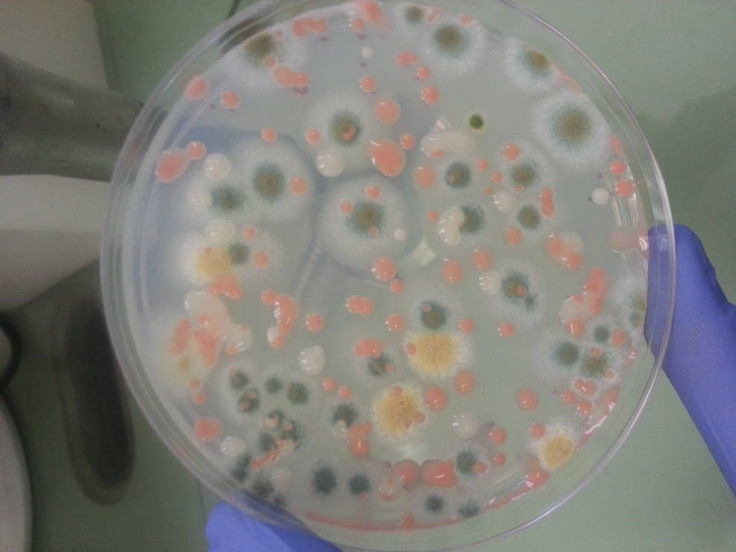100-Million-Year-Old Microbes From Ancient Seafloor Sediment Revived By Scientists
KEY POINTS
- Scientists discovered ancient microbes in sediment deposited 101.5 million years ago
- The study aims to determine how organisms can survive in low-nutrient areas
- Scientists managed to revive 99% of the microbes they found in sediment samples collected from the South Pacific Gyre seafloor
Microbes that have been dormant even before the dinosaurs became extinct were successfully revived by a team of scientists. In their study, the scientists revealed that they discovered the 100-million-year-old microbes in ancient sediments found on the seafloor.
The study was carried out by a group of scientists from the URI Graduate School of Oceanography, the National Institute of Advanced Industrial Science and Technology, the Japan Agency for Marine-Earth Science and Technology and the Kochi University and Marine Works Japan. Their findings were presented in a new study published in the journal Nature.
The authors of the study said the samples from which the microbes were obtained were collected during an expedition to the South Pacific Gyre a decade ago. This region has the fewest nutrients available to marine animals in the ocean.
During the expedition, the scientists drilled about 100 meters below the seafloor to collect sediment samples. They noted that microbes often become trapped in sediment due to the accumulation of organic debris on the seafloor.
The scientists noted that they carried out the study and expedition to determine if organic life can still thrive in areas with limited nutrients.
“Our main question was whether life could exist in such a nutrient-limited environment or if this was a lifeless zone,” the study’s lead author, Yuki Morono, explained in a statement. “And we wanted to know how long the microbes could sustain their life in a near-absence of food.”
After analyzing their samples, the scientists discovered oxygen in the sediment cores, indicating that the region below the seafloor has ideal habitable conditions for aerobic microorganisms or those that need oxygen to live. The scientists noted that this environmental condition might have allowed the microbes to survive for millions of years.
Through laboratory experiments, the scientists exposed the microbes from the samples to proper conditions and gave them food to revive them. They were surprised to learn that about 99% of the microbes were still alive and very active.
“At first I was skeptical, but we found that up to 99.1% of the microbes in sediment deposited 101.5 million years ago were still alive and were ready to eat,” Steven D’Hondt, a co-author of the study, explained.
According to the scientists, their findings could provide valuable information regarding the evolution of ancient microbes.

© Copyright IBTimes 2024. All rights reserved.





















